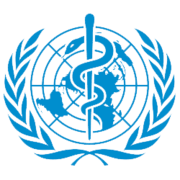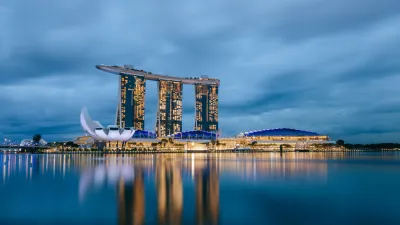How Does the WHO View Traditional Medicine? A Summary of WHO's Decade-Long Global Research on Traditional Medicine

About a decade ago, I was living in Geneva, and witnessed the World Health Organization (WHO) launch an ambitious initiative: a global study on “traditional medicine.” Now, after years of research and dialogue, WHO has released multiple global reports on traditional and complementary medicine. It even established the Global Centre for Traditional Medicine in India and is about to host a worldwide traditional medicine summit.
You might wonder: Isn’t WHO a science-driven institution grounded in Western medicine? Why this sudden turn toward ancient healing? Here are 3 key takeaways I’ve distilled from the latest WHO publications (sources linked below).
1. How does WHO define "Traditional Medicine"?
In WHO’s framework, TCM is part of a broader family known as Traditional, Complementary and Integrative Medicine (TCIM). This includes Chinese traditional medicine, India’s Ayurveda, Middle Eastern Unami, South American herbalism, and various indigenous healing practices across Africa and the world.
WHO gives a notably inclusive definition: traditional medicine is a body of knowledge, rooted in a specific culture, used to maintain health and prevent, diagnose, or treat physical and mental illness—regardless of whether it fits into the language of modern science.
The underlying value here is clear: health is not a one-size-fits-all outcome of modernization, but a reflection of cultural diversity. In other words, WHO recognizes that respecting each community’s unique understanding of “how to live well” is essential to global health equity.
2. How widely is traditional medicine used globally?
Many people assume traditional medicine is only practiced in Chinese or Asian communities—but that’s far from the truth.
According to WHO 2012 data, over 80% of the world’s population uses some form of traditional medicine. Acupuncture is used in 113 countries, and in developed nations like France, Australia, and the U.S., between 40%–70% of the population regularly turn to herbal remedies, massage, meditation, nutrition therapy, and other complementary practices.
Even the roots of modern pharmaceuticals are intertwined with nature-based knowledge:
- Aspirin comes from willow bark.
- Contraceptive pills were originally developed from wild yam.
- Artemisinin, the Nobel Prize-winning anti-malaria drug discovered by Tu Youyou, was extracted from Artemisia annua—an herb mentioned in ancient Chinese texts.
So to dismiss traditional medicine as outdated is to ignore the foundational contributions of traditional knowledge to global health. It’s not just about preserving culture—it’s about honoring the origins of human medical understanding.
3. What’s the future of traditional medicine, according to WHO?
If the past few decades were about recognizing traditional medicine, the next ten years will focus on scientific integration.
WHO’s 2025–2034 Traditional Medicine Strategy lays out a path for countries to systematically integrate validated traditional practices into their national health systems. This is neither blind endorsement nor superstition—it’s a call for rigorous, inclusive progress. The key pillars include:
- Evidence building: Using AI, big data, and clinical trials to evaluate traditional remedies and practices—making them verifiable, traceable, and transparent.
- Regulatory frameworks: Establishing standards for herbal products, therapies, and practitioners to ensure safety and consistency.
- Health system integration: Encouraging the use of traditional medicine for prevention, rehabilitation, mental wellness, and chronic disease management—not just in folk settings, but in official medical systems.
- Global cooperation: With India hosting WHO’s Global Centre for Traditional Medicine, the focus will be on creating international platforms for research, data-sharing, and cultural preservation.
In my view, the key shift in tone is WHO calls for "integration" rather than "replacement" or "opposition." It promotes cross-disciplinary collaboration, combining traditional knowledge with modern science in pursuit of human-centered healthcare.
Reflection: Why this matters to everyone
Over the past few years, I’ve immersed myself in the healing industry and connected with Chinese medicine practitioners, natural health experts, and nutritionists. One truth has become increasingly clear to me: This isn’t about TCIM defeating modern medicine or seeking approval through mystique or nationalism.
It’s about protecting and revitalizing the healing methods that actually help people get well—whether they come from a laboratory or from thousands of years of lived wisdom.
WHO’s stance sends a powerful signal to be: Traditional medicine is not outdated, it’s an underutilized treasure. If we’re willing to interpret it in modern language, validate it with science, and share it with openness, then TCIM can be a powerful force in future healthcare.
📌 Sources:

No spam, no sharing to third party. Only you and me.




Member discussion